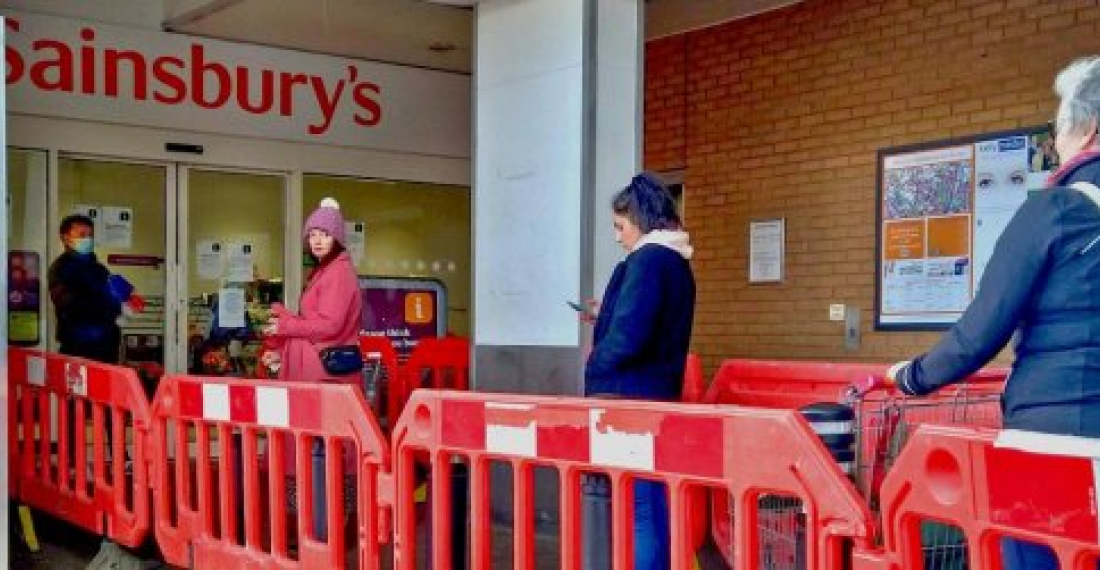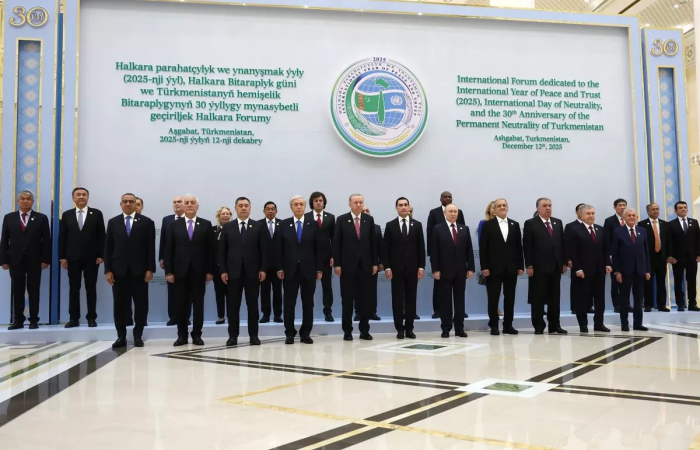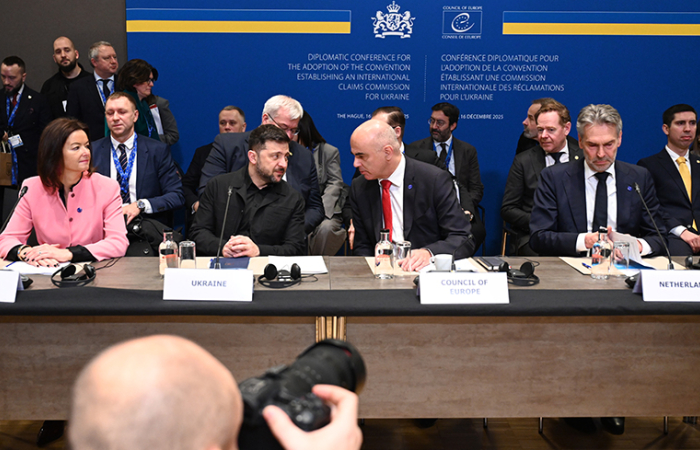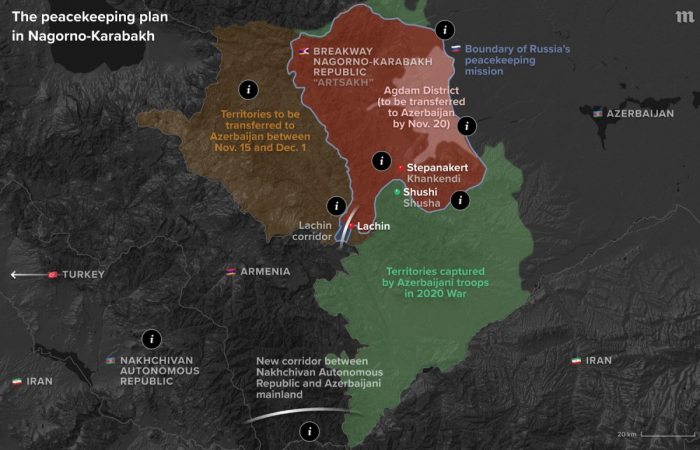At what point will the lockdown end? William Murray looks at the WHO Europe's policy guidelines to this question we are all asking, in this short piece for commonspace.eu
On the 23rd of January, the city of Wuhan, China - where the coronavirus emerged - was put into a lockdown, which lasted 76 days until the 8th of April. With most of us having now been living under some degree of lockdown for over a month, people are beginning to ask when preventative measures are likely to ease up elsewhere. World leaders now find themselves at a crossroads and must decide whether to sustain lockdown measures, limiting loss of life and taking the pressure off health services but with considerable economic cost; or to ease measures but risk an even bigger second wave of infection, potentially undoing what has been achieved by the measures in place.
To help countries to responsibly assess requirements for ongoing preventative measures, the World Health Organization (WHO) has published a set of key policy considerations for European states centring around the following six criteria. Countries considering easing up COVID-19 lockdown measures must ensure:
- that evidence shows COVID-19 transmission is controlled;
- that public health and health system capacities are in place to identify, isolate, test, trace contacts and quarantine them;
- that outbreak risks are minimized in high-vulnerability settings, particularly in homes for older people, mental health facilities and crowded places of residence;
- that workplace preventive measures are established, including physical distancing, handwashing facilities and respiratory etiquette;
- that importation risks can be managed; and
- that communities have a voice and are aware, engaged and participating in the transition.
Whilst the WHO emphasises that there is no 'one-size-fits-all' approach - and that even within Europe, there are vast differences in infection rates and healthcare service capacities - such criteria should be taken as guidelines. Dr Hans Henri P. Kluge, WHO Regional Director for Europe, has said: "This document aims to support countries by providing key considerations for the slow easing of restrictions and transitioning to a 'new normal'. While everyone wishes the return of economic activity, it's important to be clear that this will be a gradual process, requiring strict monitoring and a possible reintroduction of measures should there be a new increase in cases." [1]
The WHO has also recommended staggering the easing of restrictions as due to the nature of COVID-19, the knock-on effects of relaxing measures will not be completely clear until 10-15 after the lifting of restrictions. Additionally, countries must acknowledge that there may need to be a quick reintroduction of certain physical distancing measures if further outbreaks occur.
The full document of WHO policy considerations for European states is available to download here [2].
Source: William Murray, Project Officer and Coordinator at LINKS Europe, for commonspace.eu
Featured Sources:
[1] The WHO - 'WHO/Europe publishes considerations for gradual easing of COVID-19 measures': http://www.euro.who.int/en/health-topics/health-emergencies/coronavirus-covid-19/news/news/2020/4/whoeurope-publishes-considerations-for-gradual-easing-of-covid-19-measures
[2] The WHO - 'Strengthening and adjusting public health measures throughout the COVID-19 transition phases. Policy considerations for the WHO European Region, 24 April 2020': http://www.euro.who.int/en/health-topics/health-emergencies/coronavirus-covid-19/novel-coronavirus-2019-ncov-technical-guidance/coronavirus-disease-covid-19-outbreak-technical-guidance-europe/strengthening-and-adjusting-public-health-measures-throughout-the-covid-19-transition-phases.-policy-considerations-for-the-who-european-region,-24-april-2020






